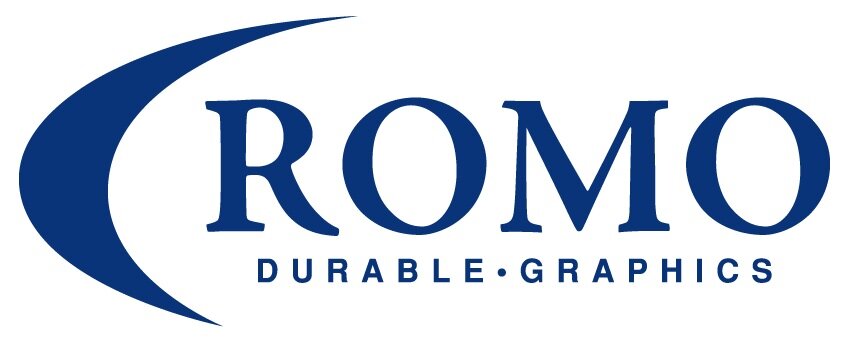Over-engineering. It’s a term we use to describe products that are more robust than necessary for its intended use.
Over-engineering often occurs when engineers use a “tried and true” (or legacy) label construction for new parts. Why not if it works?
Technology develops in the durable graphic world as it does in others. Understandably, people designing parts are not always aware of new materials that offer equal (or better) performance at a lower cost.
Our customer FETCO faced such a scenario. FETCO produces market-leading industrial coffee, tea and frozen beverage brewing systems. They use an array of branding, warning and functional switch overlays on their products.
One day, Romo’s Jim Gryzlak noticed a new overlay specified with a high-end, name brand adhesive. The construction came from a different branding decal placed on a stainless steel surface. Jim believed a new adhesive with similar characteristics would improve the cost structure of the part.
Jim worked with Tammy Hawkins, Romo’s sourcing manager, and Nick McGee in the R&D area to identify best alternatives. Developed samples went to FETCO for approval. FETCO approved the change 6 weeks later. The change also applied to similarly constructed graphics.
FETCO netted a 7% savings without sacrificing any performance metric. Our team critically evaluates every component to make the decoration as beautiful, easy and cost effective as possible. We call this proactive approach, “Discovery.”
We do it because we believe the art on the outside says everything about the art on the inside.




